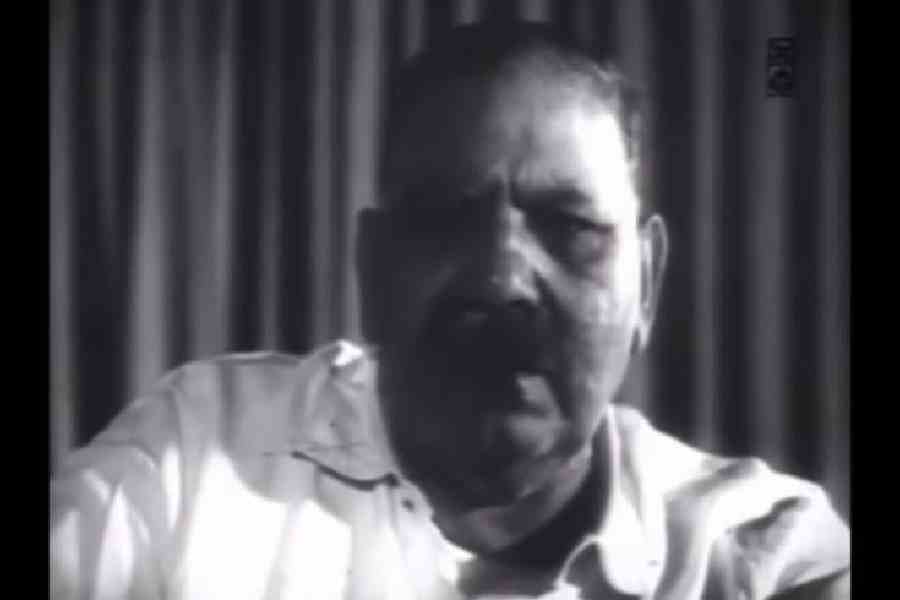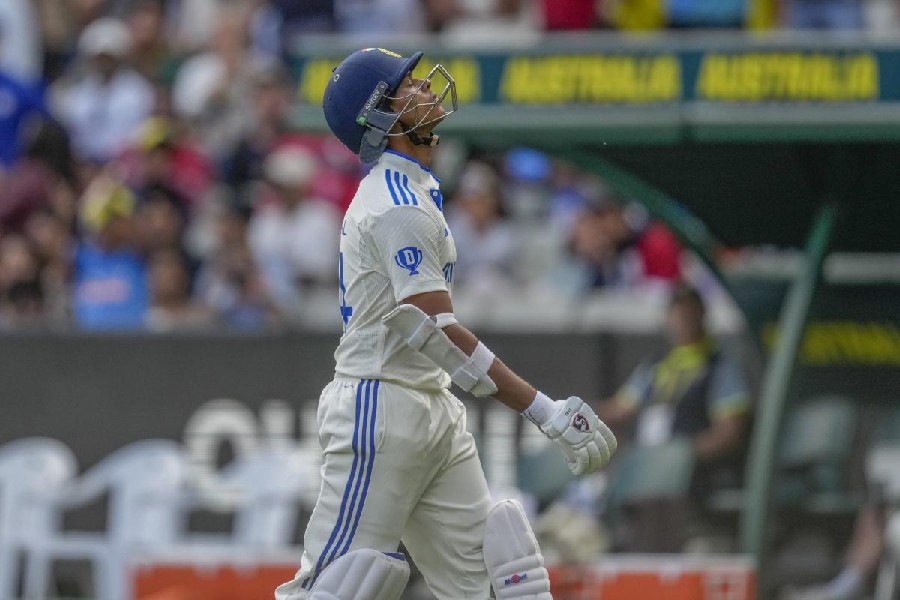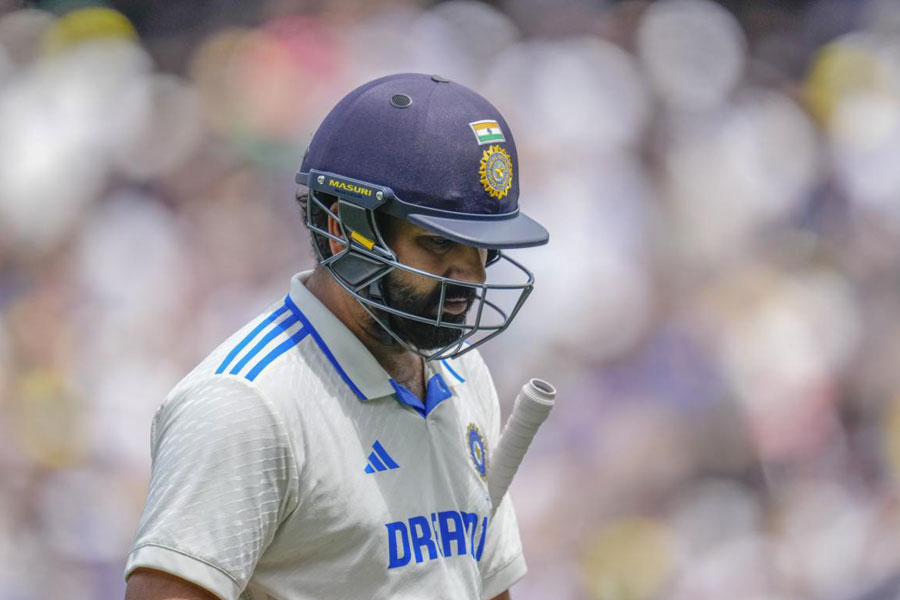Exposure to Raga Bhairavi for just 15 minutes a day could significantly lower stress levels within six days, scientists have said after a study exploring how this foundational melodic framework from Indian classical music might impact the state of mind.
Multiple studies in the past have suggested that music can reduce stress, boost athletic performance, and even enhance the motor skills of people with neurological disorders.
Now, scientists at the Indian Institute of Technology, Mandi, have documented the impact of Raga Bhairavi through a subjective assessment of stress levels as well as an objective measure called heart rate variability (HRV).
“Our results add fresh evidence for a possible therapeutic role of music to address stress,” said Kulbhushan Chand, a scientist at the Technology Innovation Hub, a laboratory at IIT Mandi where scientists are pursuing research on human-computer interactions.
“We selected Raga Bhairavi because its rendering has been widely associated with bringing about a soothing effect,” Chand, who led the study, told The Telegraph.
The study was published earlier this week in the journal Scientific Reports.
Raga Bhairavi, popularly called the “queen of morning ragas”, is marked by gentle and flowing notes and is bereft of abrupt or sharp sounds. Music historians place its origins centuries ago in both Hindustani and Carnatic music traditions.
Chand and his collaborators Shilpa Chandra and Varun Dutt invited 44 volunteers to participate in an experiment in which they exposed 22 participants to Raga Bhairavi through an immersive virtual reality headset for 15 minutes a day for six days.
The other 22 volunteers, who served as the “control group”, spent the 15 minutes in the lab doing whatever they pleased but were not exposed to the music.
All participants filled upa so-called DepressionAnxiety Stress Scale (Dass) questionnaire on the day the experiment began and at the end of the sixth day. The scientists also used body-attached sensors to track multiple parameters linked to the HRV before and after the six-day period.
“The Dass questionnaire may be influenced by individual subjective bias — it depends on how the respondent answers questions,” Chand said. “But the HRV is a more reliable, quantitative, objective method to assess stress levels. We measured 37 HRV-related parameters.”
Earlier studies have established that HRV parameters are sensitive to stress levels. The average values of several key parameters changed in directions indicating lowered stress in the 22 participants exposed to the music but remained unchanged or moved in the other direction in the control group.
“The changes in values pointed to lower stress levels within six days of exposure,” Chand said. The Dass scores too, albeit subjective, pointed to lower stress. For instance, the average stress score in those who were exposed to the music sessions dropped from 12.3 to 5. In the control group, however, the average stress scores dropped from 12 to 10.36.
Chand said it was unclear whether the changes observed in stress-linked parameters were specifically associated with Raga Bhairavi or came about due to the exposure to soothing music. “We need more research to compare the effects of volunteers exposed to different types of music,” he said.
The evidence for the therapeutic effects of music has been growing for years. A 2009 study published by Italian scientists in Circulation, a journal of the American Heart Association, described how certain types of music can impact breathing, heart rate and blood pressure.











